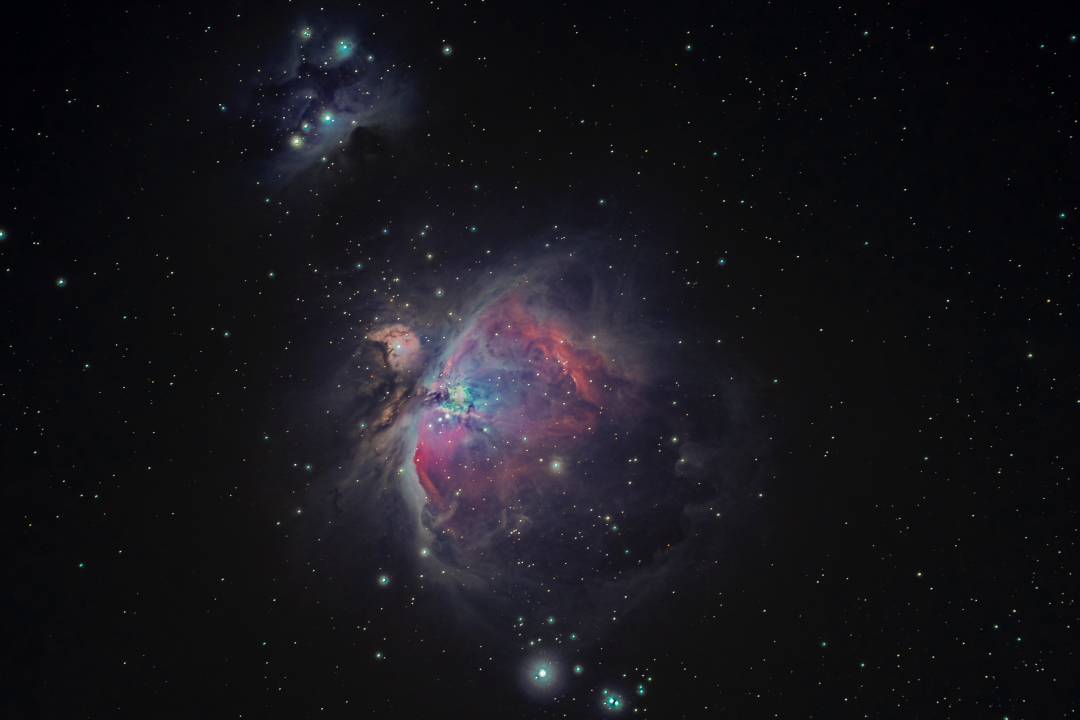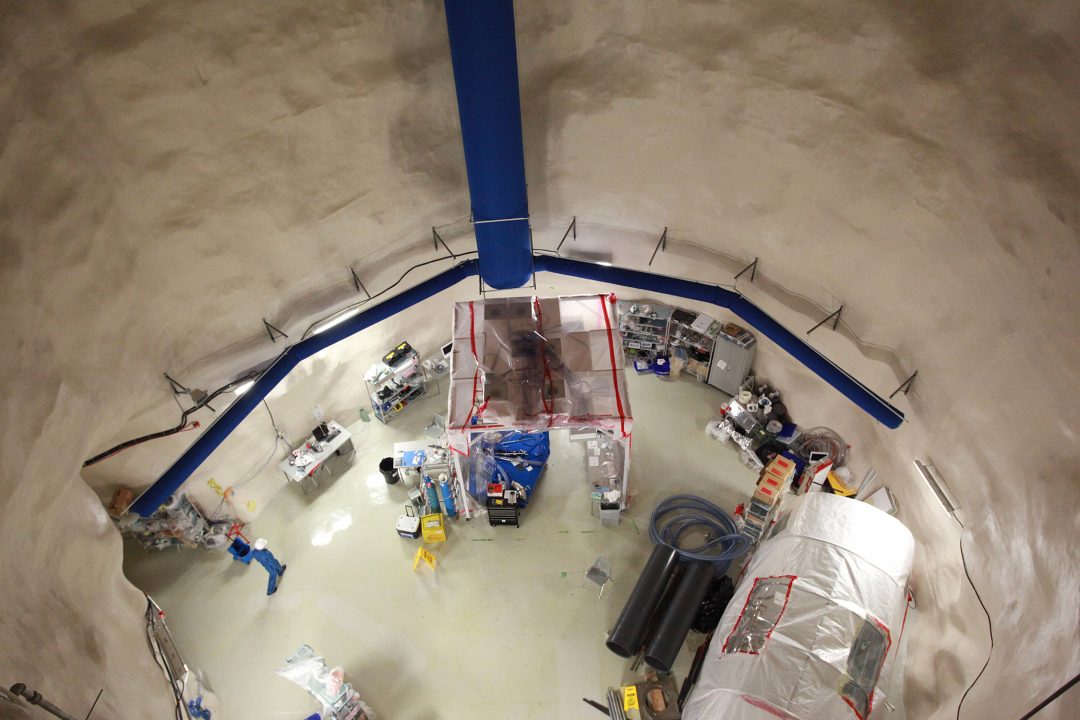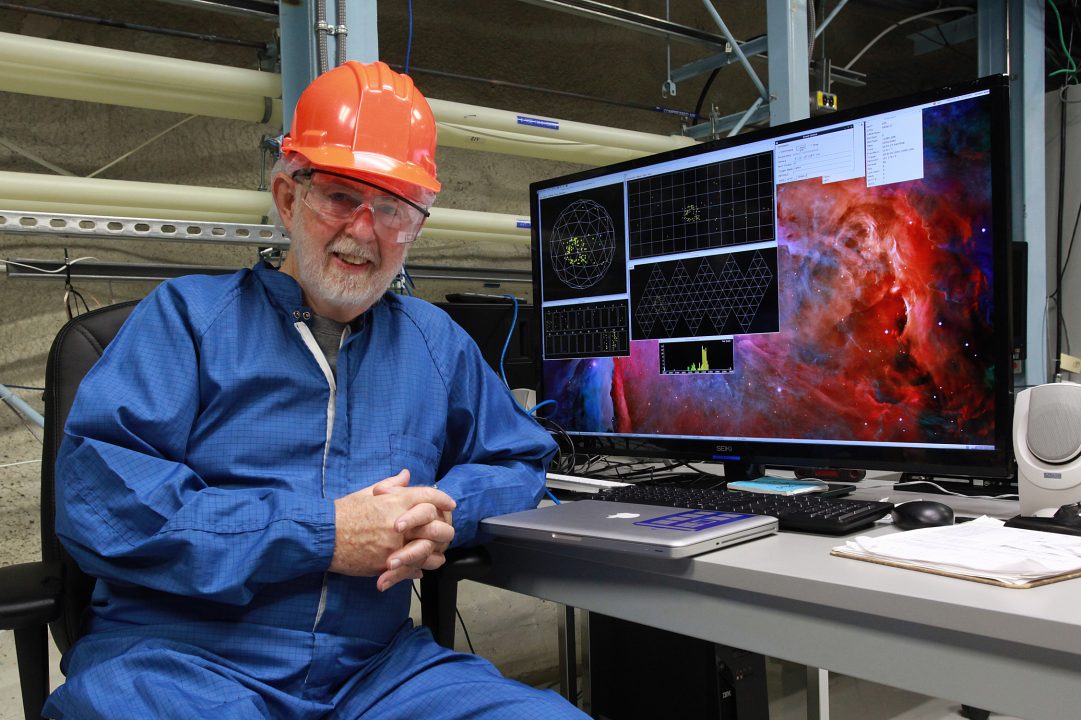About
What is the McDonald Institute?
The McDonald Institute is Canada’s network for astroparticle physics research, uniting researchers, theorists, and technical experts within one organization.
Canada has a history of leadership and excellence in astroparticle physics. In 2015, a group of Canadian institutions, led by Queen’s University, came together to form what would become the Arthur B. McDonald Canadian Astroparticle Physics Research Institute (the McDonald Institute) to cement Canada’s role as a leader in the field and to bring together those already working in astroparticle physics across the country and around the world.

In 2016, the institute was awarded $63.7 million through the Canada First Research Excellence Fund. This award enabled the McDonald Institute to significantly build on Canada’s capacity to deliver a world-leading scientific program in astroparticle physics while engaging industrial partners, students, and Canadians of all ages.
To date, fifteen new faculty and research scientists have been hired across 8 institutions. A team of research associates, postdoctoral fellows, graduate students, engineers, and technical experts will be hired over the next few years to support these new appointments.
In 2024 the Canadian federal budget awarded the McDonald Institute a $45.5 million, 5-year extension, to be administered through the NSERC-MRS program. This extension allows the McDonald Institute to continue to deliver on its science mission of solving the biggest questions in Physics today. As part of this extension, the Institute has prioritized the development of a national distributed technical expertise to support the Canadian astroparticle physics community as they move forward with the next generation of experiments.


Building on the legacy of Dr. Arthur McDonald’s Nobel Prize winning research at the Sudbury Neutrino Observatory, the institute will grow Canadian astroparticle physics talent, and through domestic and international partnerships connect that talent with the larger community to maximize Canadian scientific impact.
The impact of the McDonald institute also reaches beyond the walls of academia. Technological advancements developed for astrophysics experiments will have downstream economic impact and provide opportunities to engage with industrial partners in Canada. Education and outreach resources and initiatives are also a priority for the McDonald institute. Our goal is to make astroparticle physics accessible to everyone, both to inspire the next generation of Canadian scientists, and to engage Canadian society in this ground-breaking research.
